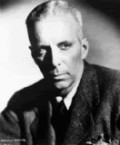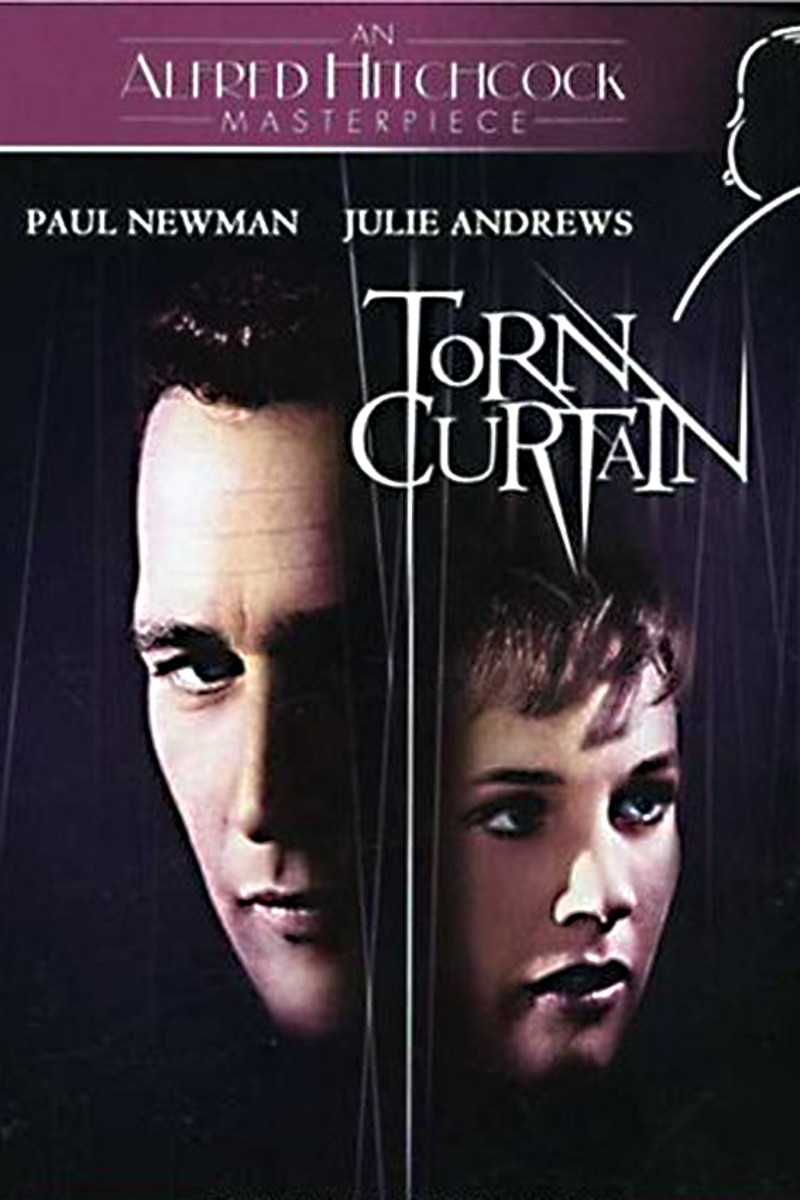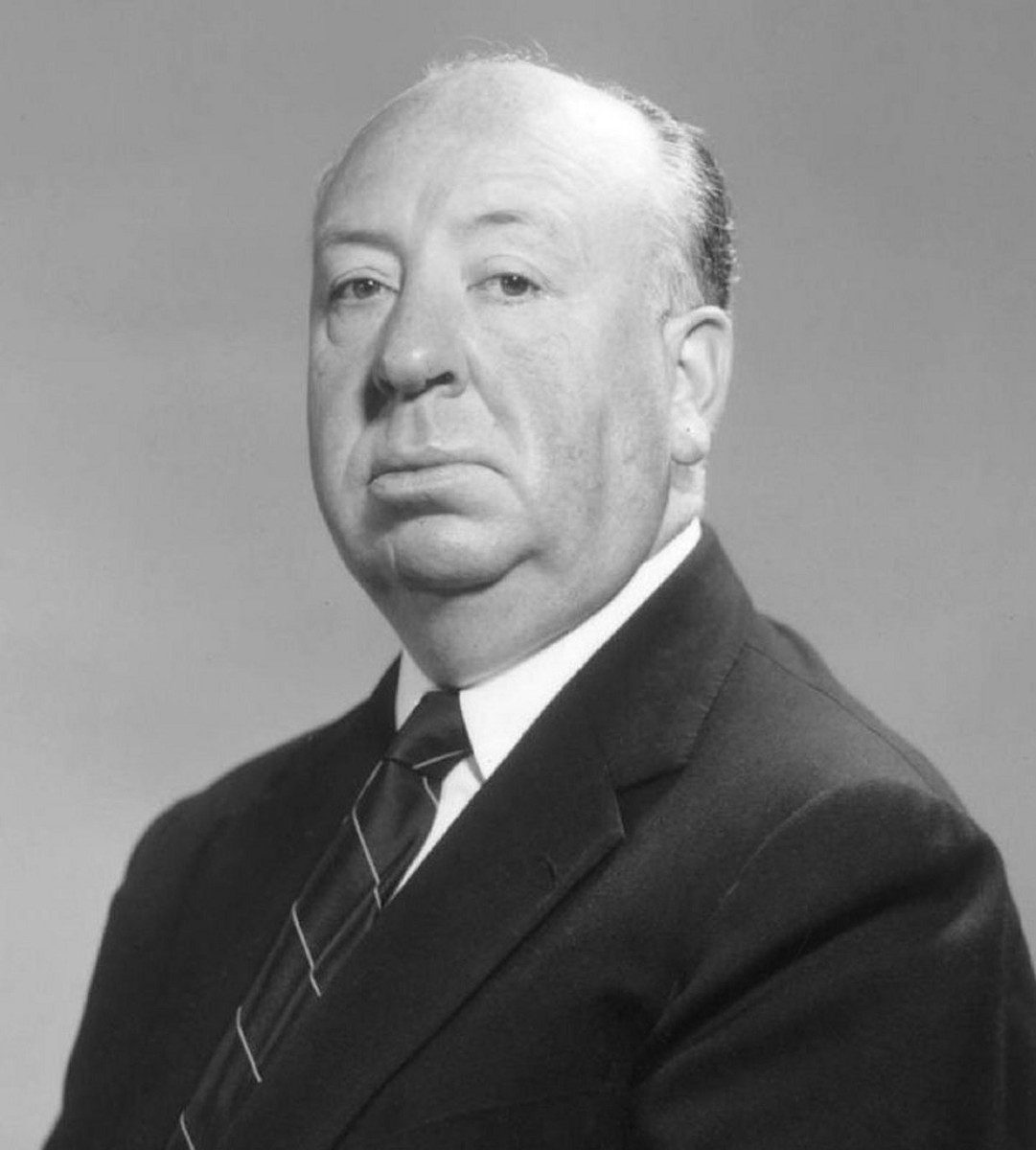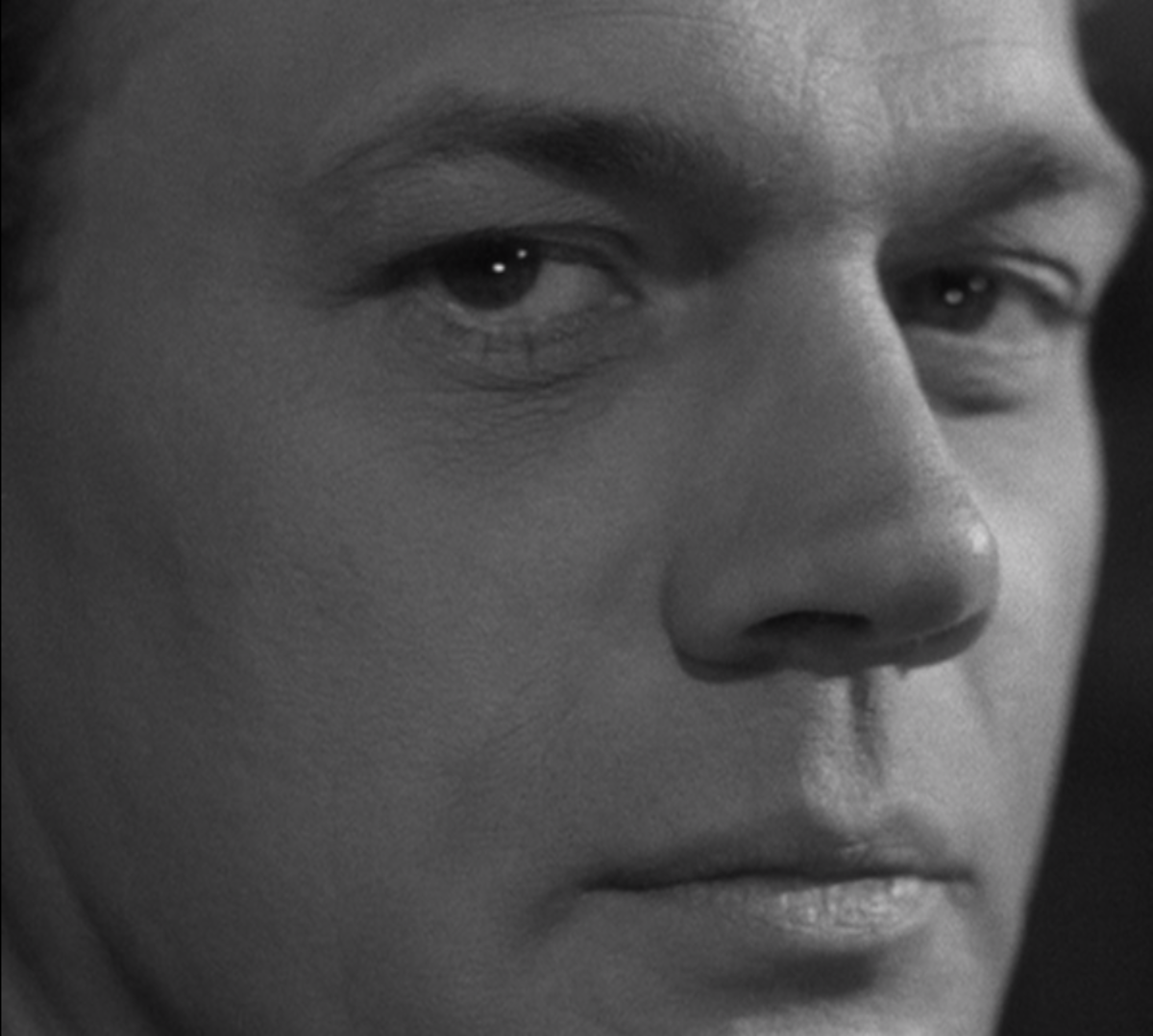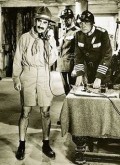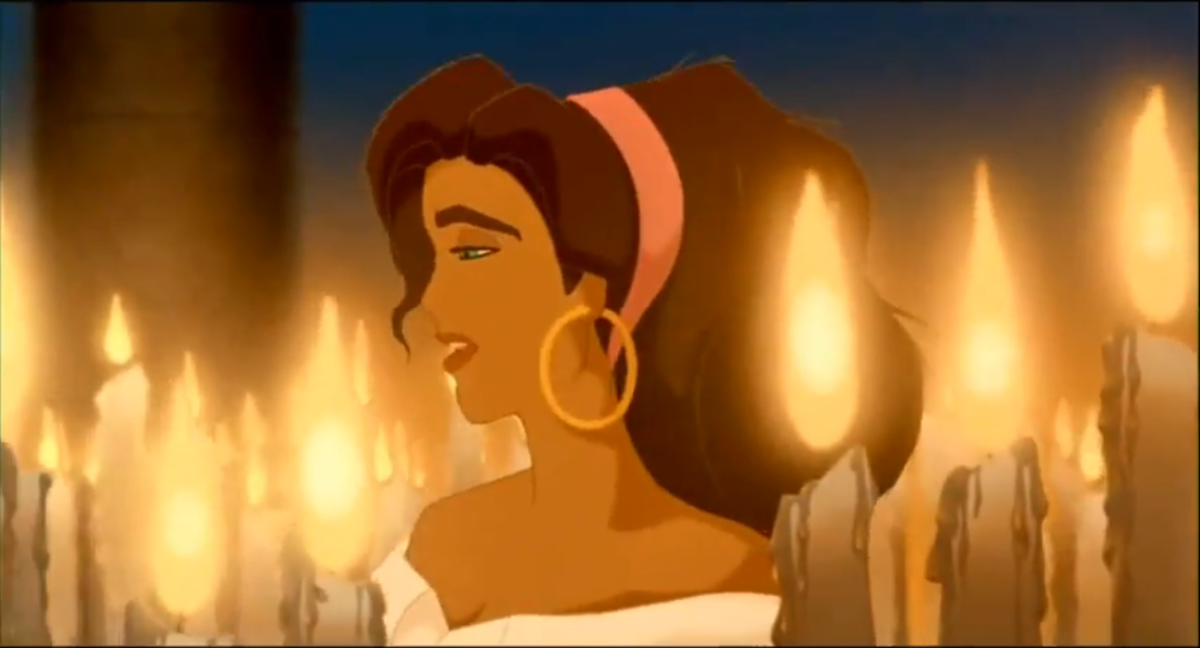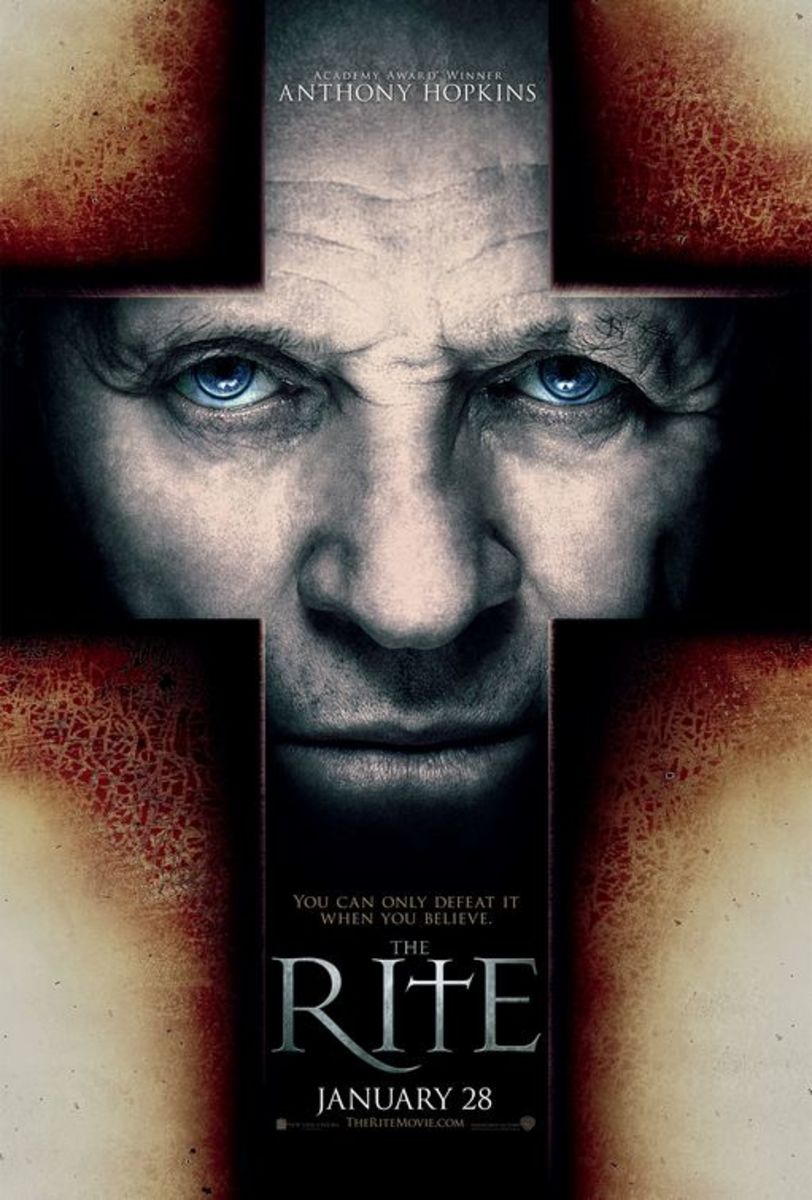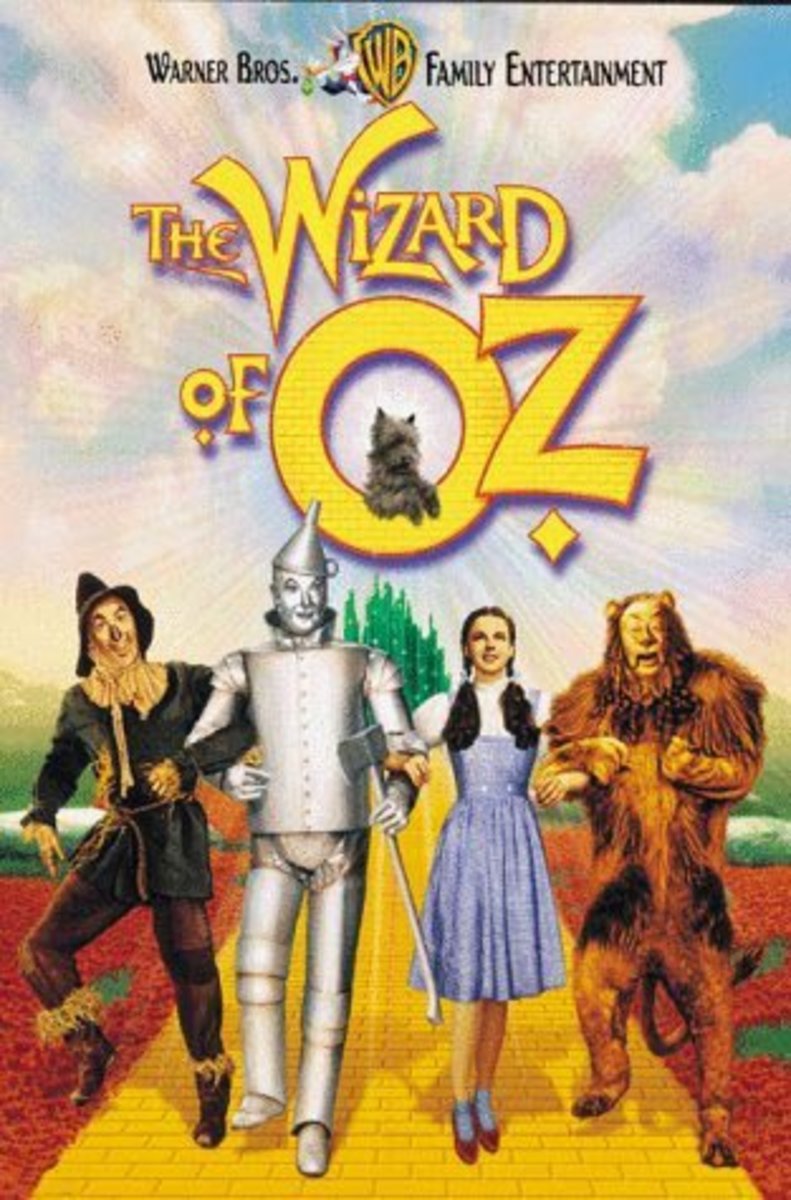What Makes Alfred Hitchcock A Great Director?
The Master of Suspense
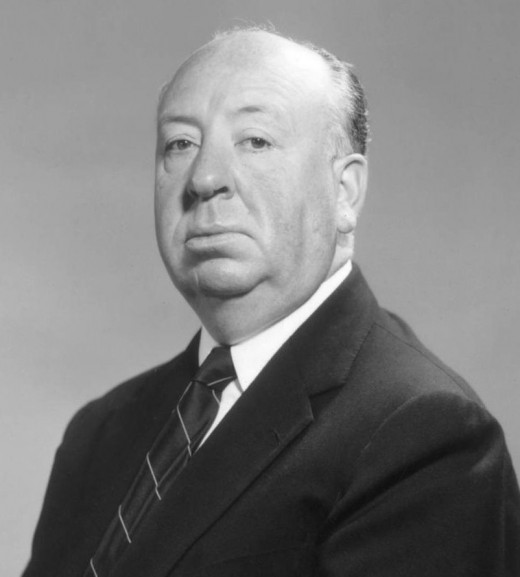
Ten Best Hitchcock Films
Vertigo
| 1958
| |
North by Northwest
| 1959
| |
Rear Window
| 1954
| |
Psycho
| 1960
| |
The Thirty Nine Steps
| 1935
| |
The Lady Vanishes
| 1938
| |
Dial M for Murder
| 1955
| |
Frenzy
| 1972
| |
Shadow of a Doubt
| 1943
| |
Notorious
| 1946
| |
The Birds
| 1963
|
Background
Alfred Hitchcock was born in 1899 in Leytonstone, London, UK. When he left school, he trained as an architect and then moved into films as a title illustrator. His progress in the world of movies was swift. He was soon directing his own films. But it was in the era of the talking picture that he came into prominence with such films as “The 39 Steps”, and “The Lady Vanishes”. In 1939 he left the UK to work for film mogul, David O. Selznick, in Hollywood. Working for Selznick and being loaned out to other film companies, he directed, such films as “Rebecca”, “Foreign Correspondent” and “Suspicion”. Perhaps his most fruitful decade was the fifties when he made “Rear Window”, “Dial M for Murder”, “To Catch a Thief” and “Vertigo” (Regarded by many as his greatest film).
He caused a sensation in 1960 when his film “Psycho”, based on the real-life story of mass murderer Ed Gein, came out. It was notable for the star, Janet Leigh, being killed off in the first 30 minutes in the famous shower scene and the shocking ending.The film was shot by the same crew that made his television shows to save on costs and was produced by Hitchcock’s own production company.
His last film, “Family Plot” (1976) although having the element of suspense that made him famous, was more inclined toward his wicked sense of humour.
His films follow familiar themes like, “obsession”, “the wrong man”, and "mistaken identity".
Although his films were commercially very successful indeed, he managed to maintain a balance between the need to appeal to the general public and being critically accepted. However, his artistic credentials were largely overlooked until French film critics like Claude Chabrol championed his films in the magazine "Cahiers Du Cinema". A book by French director, Francois Truffaut, “Hitchcock/Truffaut”, came out in 1966 which outlined the level of achievement Hitchcock had reached and argued for his positioning at the highest level of film directing..
Hitchcock understood the importance of promoting a film. The most effort he put into advertising a movie was when “Psycho” was made. Hitch told the papers he was looking for someone to play Mrs Bates. Strict instructions from Universal ensured no late tickets being sold for performances of the movie. In the spirit of his famous introductions to “Alfred Hitchcock Presents”, Hitch produced a brilliant trailer for “Psycho” that mixed humour and the threat of horror with great panache.
His style of film-making has influenced many directors, most noticeably, Brian de Palma. But it was “The Exorcist” director, William Friedkin who paid him the ultimate compliment when he said, “Hitchcock is Cinema”.
Auteur
Before he was interviewed by Francois Truffaut in the early sixties, Hitchcock was seen more as somebody who made entertaining films rather than classics. The book that Truffaut put out in 1966 changed that perception. He was regarded an “auteur” – in other words; he was in possession of such a singular style of directing, his films carried his recognisable trademark.
The point-of-view shot is a camera angle in which a character in a movie has what he sees directly interpreted by the camera is something we most identify with Hitchcock when classifying him as an auteur.
The climax of “Psycho” when Lila Crane goes up to the Bates’ house to look for her sister has extensive use of pov shots. “Vertigo” features pov shots of what James Stewart sees when he is watching Madeleine Elster look at the painting of “Carlotta Valdez”.
The pov shot allows us to see what the character sees and. It draws us closer to the action and helps drive the plot.
Examples of the POV (point of view shot) in Hitchcock's films.
Pure Film Making
Hitchcock said on several occasions that Film is a visual medium. He relied on the image to tell the story rather than dialogue.
A good example of this is in the crop duster scene in “North by North West”. For much of the sequence, there is no dialogue. There is only ambient sound; music right at the end when the plane crashes into the truck. The camera tells the story of what happens.
In "Psycho", when Norman is cleaning up after Marion's death, the whole scene has no dialogue apart from the words
"Mother! Oh God, mother! Blood! Blood!"
The Crop Duster Scene in North by North West
Use of Sound
As a master craftsman, Hitchcock aimed for perfection in every aspect of the film-making process. From the choice of music to what the characters would be wearing, he always aspired to the best results.
His use of sound complements the action. In “Dial M for Murder”, when Ray Milland opens the door with the key he thought he had lost the amplified sound of the key in the lock leads to Milland’s unmasking.
When Raymond Burr finds out that James Stewart knows what he has been up to in “Rear Window”, the sound of the creaking wheelchair, Burr’s clomping at the stairs and the slow screech of the door to Stewart’s apartment make the scene unbearably tense.
Raymond Burr and James Stewart in "Rear Window".
Cameo Appearances
Hitchcock’s cameos give his movies a certain, short, sense of amusement. The audience were always asking themselves, “When are we going to see “Hitch”?
In “North by Northwest”, they had to be quick to spot him missing a bus.
In “Family Plot” they had to be observant enough to see him in silhouette.
My favourite is when he appears in a class reunion photograph in “Dial M for Murder”.
Although the cameos became one of Hitchcock’s trademarks, he was always very careful about them. He tried to get them done with early in his films, if he could, so the audience were not distracted waiting to see "Hitch".
In “The Wrong Man”, he appeared as himself at the beginning of the film because he wanted people to understand the movie was based on a real event so did not want to detract from it by making a blase cameo.
What is Your Favourite Hitchcock Movie?
Humour
Hitchcock believed that the audience needed a break from mounting suspense with humour. Sometimes it was subtle as in “Psycho”
Norman: We all go a little mad sometimes.
Norman: Mother…isn’t quite herself today.
In “North by North West”, despite being plied with a bottle of bourbon by James Mason’s henchmen, Cary Grant is placed in a car, and almost drives over a cliff, misses several collisions only to succumb to one before being nabbed by the police. In the local jail, the drunken Grant calls his mother,
Thornhill: Mother, this is your son, Roger Thornhill.
Hitchcock wanted balance in his films. Otherwise, he didn’t have a chance to manipulate the audience. The humour he provided put them off guard and ready for more suspense -if not always the type they expected.
Counterpoint
Hitchcock liked to play with our emotions. One of his tools for doing this is counterpoint. He goes against expectations and provides us with two aspects of a scene that contradict each other.
In “Strangers on A Train”, Bruno is being sought by the police but tries to evade them on a merry-go-round which is playing “The Band Played On”. Again, the audience is placed off-balance, the merry-go-round and the song signify fun and happiness yet a murderer is being chased on it.
In “The Man Who Knew Too Much” (1956), the rousing, almost deafening music in the Royal Albert Hall is played against the race to stop a murder.
Eva Marie Saint in "North by North West"
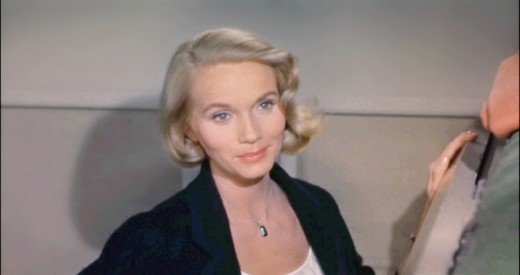
Ice Cold Blondes
Much has been said about Hitch’s use of the ice cold blonde in his movies. He says it dates to the silent era when Mary Pickford was so famous. Others have stated that they are an obsession of the director’s choosing. Tippi Hedren has recounted on several occasions the complicated relationship she had with Hitchcock on “The Birds” and “Marnie”. Others, like Eva Marie Saint, were full of praise for the director and recalled their fondness in working with him. Janet Leigh speaks reverentially of working with Hitch on “Psycho” and how much trust she had in him when filming the famous shower scene.
Creating Suspense
However, the degree of suspense in a film depends on how attractive to an audience a character is.
When Lila Crane goes up to the Bates’ house to look for her sister in “Psycho”, the audience is rooting for her as they want her to find out the truth. In the spirit of suspense, we feel that she must be attacked by someone, we don’t know who, while she is looking for some information about her sibling. But, she is not attacked. The climactic moment is not what we expect. It does not come when Lila is searching, and it is not about being attacked. The suspense in this sequence is heightened because we identify strongly with the woman because she is trying to find out what happened to her sister.
In “Saboteur”, the famous statue of liberty scene climaxes with the spy, Fry, (Norman Lloyd), hanging on for his life by slenderest part of his jacket, held by Barry, (Robert Cummings). Stitch by stitch, the top of his coat gives way until he falls from the statue to his death. Even though he is a spy and a traitor, we want Fry to survive, but when he dies, we feel less identification with him because he is an unattractive character.
Conclusion
Hitchcock is a master director. Whenever he made a film, his preparation was comprehensive. The wardrobe department had to get it right; the film had to be told cinematically, not like a filmed play; the humour had to bring the tension down and, by the end of the sequence, prepare the audience for the next part of the plot.
He had a thorough understanding of the way fear and suspense worked. He knew that an audience loved to be frightened so they would put themselves under his control gladly because any film by Hitchcock was going to live up to their expectations.
But the delivery of those expectations may differ from what the audience would think they were going to have. Hitchcock was a master of misdirection. He never allowed you the luxury of knowing how a story would unravel. In “Psycho” we are aware that Marion Crane has been murdered but not by whom. Could it be “Mother”? Norman? Nothing could prepare for the fact that it, (technically), was both.
When you go to see a Hitchcock film, you deliver yourself into the hands of a master film -maker. He knows the human condition. He knows that people like nothing more in a movie than to be frightened out of their wits. He orchestrates the suspense like the master film- maker he is. Are expectations in his films are always being dashed, but that is Hitchcock. He never gives you quite what you want. Nothing in his films are that simple but neither are they complex or impenetrable. You love going to a Hitchcock film because you know you cannot prepare for the emotional ride he takes you on.
© 2016 Al Greenbaum

